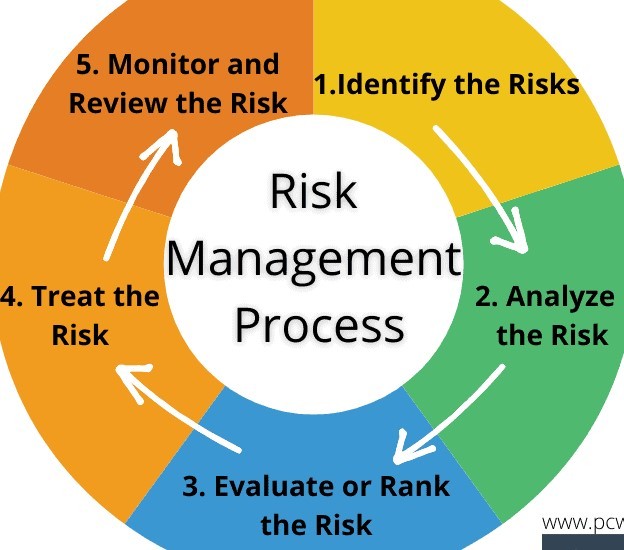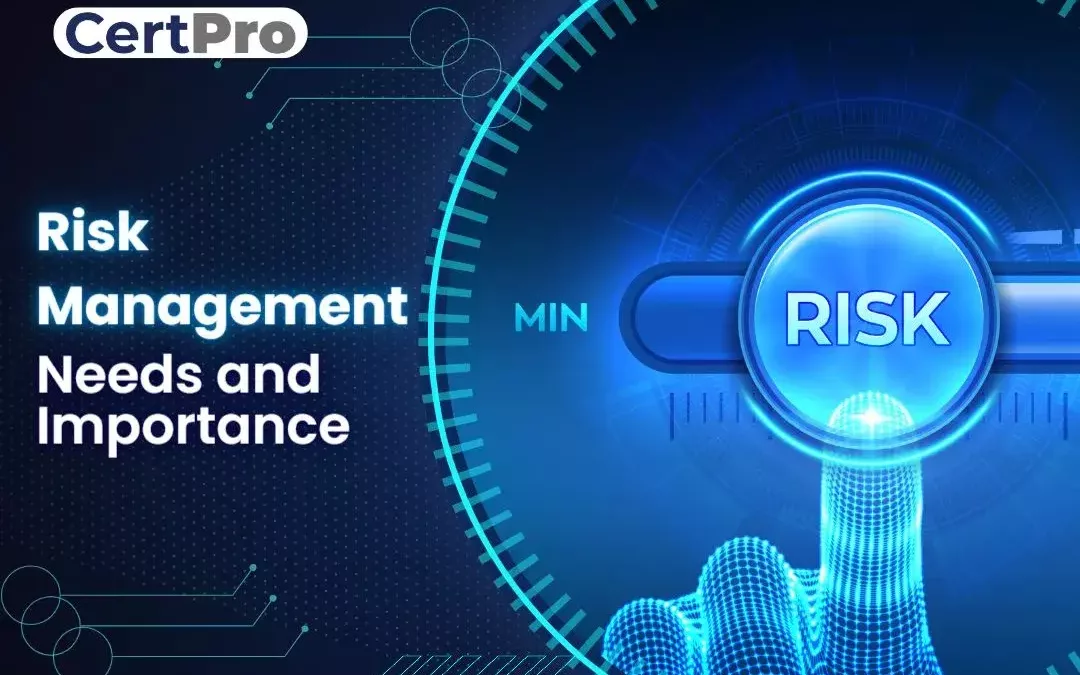The Unquestionable Importance of Risk Management in Safeguarding Organizational Success
The Unquestionable Importance of Risk Management in Safeguarding Organizational Success
Blog Article
The Critical Significance of Risk Management in Achieving Organizational Goals
This is where Risk Management actions in, offering a structured approach to recognizing, evaluating, and mitigating potential roadblocks to advance. As we explore the critical duty of Risk Management in attaining business goals, one can't aid yet wonder: just how does this equate into real-world success?
Comprehending the Principle of Risk Management in Business

The Important Role of Risk Management in Strategic Planning
Incorporating Risk Management right into critical planning works as a safeguard for organizations, securing their lasting plans with a strong structure of preparedness and durability. It runs as the company's radar, discovering possible risks and vulnerabilities that can interfere with the path towards achieving their specified objectives. Risk Management supplies a structure for preparing for uncertainties and designing appropriate responses, guaranteeing the company's survival and prosperity even when faced with adversity. By including Risk Management into strategic preparation, organizations can change these unpredictabilities into opportunities for growth and advancement. This tactical interweaving of Risk Management cultivates flexibility, making organizations much more robust and allowing them to navigate the ever-changing service landscape with confidence. Risk Management comes to be a vital tool in strategic planning, important in securing lasting success.

Strategies for Identifying, Assessing, and Prioritizing Dangers
Browsing the complicated landscape of dangers needs the application of specific strategies for their evaluation, prioritization, and recognition. The process begins with Risk recognition, utilizing tools such as SWOT analysis, which assists in identifying possible dangers and opportunities. Next, Risk evaluation is performed to identify the prospective impact and chance of each Risk. Tools such as Risk matrices and impact-probability charts are made use of for this. Ultimately, risks are prioritized based on their prospective influence and likelihood, permitting organizations to concentrate their resources on critical dangers. This methodical approach makes sure a thorough understanding of the Risk landscape, allowing companies to make informed decisions and properly manage risks to achieve their objectives - importance of risk management.
Guarding Business Workflow Via Reliable Risk Management
In the business landscape laden with uncertainties, effective the original source Risk Management plays a critical duty in guarding organizational procedures. By determining and evaluating possible hazards, Risk Management enables her response companies to develop durable backup strategies. Companies need to invest in thorough Risk Management methods to secure their procedures.

Transforming Prospective Threats to Opportunities: The Power of Risk Management
While prospective threats could at first look like obstructions to business success, efficient Risk Management can change them into possibilities. A positive strategy to run the risk of Management involves identifying, examining, and prioritizing threats to devise approaches that turn them right into potential benefits. This procedure requires the advancement of a risk-aware culture within the organization, motivating people to see threats as prospective drivers for change and development, as opposed to plain risks. importance of risk management. Via this lens, possible risks end up being chances to innovate, improve processes, and enhance durability. Hence, by leveraging the power of Risk Management, organizations can not only protect their procedures but additionally stimulate development and achieve their goals in an unforeseeable business atmosphere.
Case Studies: Success Stories of Risk Management Driving Organization Objectives
Successful application of Risk Management techniques has actually produced impressive results in numerous services, highlighting the qualities of this technique. Multinational firms like Microsoft and Google, for circumstances, have leveraged Risk Management to minimize threats and exploit opportunities, driving their business purposes forward. These examples highlight just how successful Risk Management can not just guide businesses clear of possible mistakes yet likewise lead them in the direction of their critical goals.
Final thought
To conclude, Risk Management is basically crucial in attaining organizational objectives. It offers an organized strategy to recognizing, examining, and dealing with possible risks and chances. Greater than just mitigating dangers, it likewise fosters technology, resilience, and lasting development. By incorporating Risk Management right into strategic preparation, services can better browse unpredictabilities, secure operations, and capitalise on possibilities, consequently straightening with lasting goals.
At its core, Risk Management is the procedure of recognizing, analyzing, and resolving potential threats that could adversely affect an organization's goals or procedures. Next off, Risk analysis is conducted to determine the potential influence and possibility of each Risk. Dangers are focused on based on their possible impact and possibility, enabling organizations to concentrate their resources on high-priority threats. By identifying and analyzing from this source prospective hazards, Risk Management makes it possible for organizations to develop robust backup strategies. An aggressive technique to take the chance of Management involves determining, evaluating, and focusing on risks to devise techniques that turn them into potential advantages.
Report this page